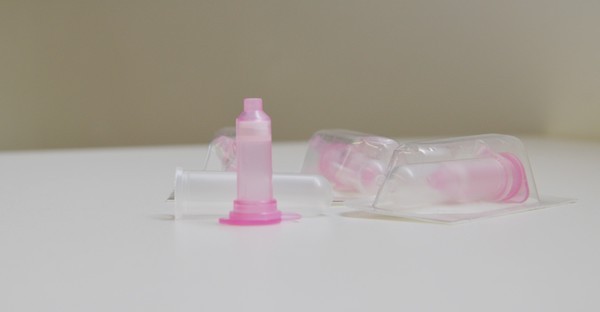Members Login

Channels
Special Offers & Promotions
Scientific Sleuthing for Reproducible Results
Researchers found traces of foreign, non-human genetic material in human blood samples.
It turned out that it was not a groundbreaking scientific discovery, but mostly the result of contaminated laboratory materials. Scientists led by Associate Prof. Paul Wilmes of the Luxembourg Centre for Systems Biomedicine (LCSB) of the University of Luxembourg recently published an article about their unexpected findings in the open-access journal “BMC Biology”.
They conducted a painstaking investigation into the origin of inexplicable RNA fragments in their samples – and ultimately discovered the source to be a widely-used laboratory kit for RNA extraction. Their findings throw into question the validity of countless scientific studies that have used this kit in recent years. Since then, the world-leading manufacturer has collaborated with the LCSB group to rule out any future contamination of its laboratory kits, which should ensure correct experimental results in the future.
The beginnings of the discovery by the Eco-Systems Biology Group at the LCSB, led by Paul Wilmes, already go back some years: in their research, the scientists had found significant quantities of “small RNA” (sRNA) in human stool samples. This was, at first, an exciting result, since sRNA molecules play an important role in the body. sRNA molecules are involved in the regulation of gene expression, for example. Human sRNA molecules appear to be dysregulated in certain diseases, such as cancer.
The researchers took a look at these little molecules and compared them with known sRNA molecules from human blood. “We discovered that about half of the sRNA we isolated from human blood samples was not of human origin. They came from bacteria, fungi, foods and even mosquitos,” Wilmes explains. “At the time, we thought that was an exciting result.” The hypothesis at the time was that RNA from foreign organisms in the human gut makes its way into the bloodstream. If this turned out to be true, then it would be not only a fundamental expansion of our existing knowledge, but also a discovery with far-reaching practical implications: the molecules could be used as biomarkers for many diseases. A simple blood sample would give researchers and physicians an insight into the gut and the biological processes happening there.
The Luxembourg researchers pursued this theory and took a closer look at the exact composition of these little molecules – and ultimately started to have their doubts. “We found RNA traces from organisms like algae or aquatic bacteria, which you would simply not expect to find in the human body,” Wilmes explains. “The whole thing started to make no sense anymore.” So, the team decided to test all of the laboratory wares and reagents it normally uses to isolate RNA from blood samples. Many gruelling investigations later, it was clear: the mysterious sRNA molecules were bound to the silicone of the columns which the liquid samples pass through for isolating the RNA. “When I started with these experiments, I was really scared,” says Dr Anna Heintz-Buschart, who was significantly involved in the investigation. “It is every laboratory scientist’s nightmare to find out one might not have worked as carefully as one should have.”
Besides the relief they felt to learn they had not caused the contamination themselves, the strongest feeling that overcame the scientists was frustration. After all, the discovery undid a lot of their research of many years. Yet, the Luxembourg scientists are not alone in this: they combed through data sets from other researchers and found exactly the same contaminants in the others’ studies as in their own. The results of those studies now have to be re-evaluated.
The manufacturer of the columns has since revised its laboratory kits. Wilmes’ team has also developed general recommendations for how best to avoid contaminations during sRNA isolation in future. Thus, nothing stands in the way of generating usable results with the extraction columns. “Our results show how critically scientists have to screen their own results, especially in biology,” Wilmes says. “It can easily be that a groundbreaking experimental result cannot be reproduced just because some part of the experimental setup wasn’t clean. Work such as we have done is essential for guaranteeing reproducibility in future.”
Media Partners



